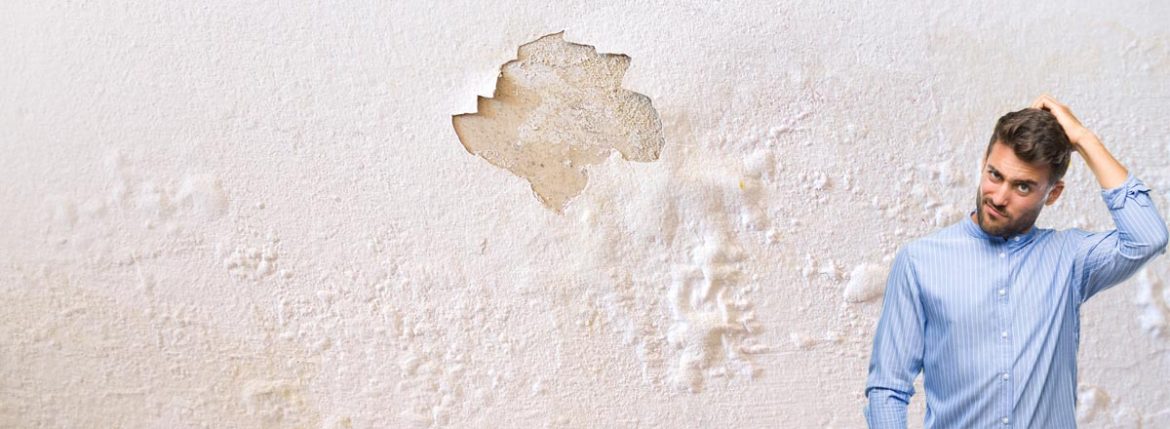
Dampness is a common problem in many homes, especially in those with older buildings or in areas with high humidity. Dampness can result from a number of factors, including inadequate ventilation and waterproofing, as well as rising damp. The effects of dampness can be very serious too, ranging from health problems to damage to the structure of the building. Many people have the question: that how do damp surveyors check for damp. In this article, we will look at the causes and effects of dampness in detail.
Poor Ventilation: Poor ventilation can cause condensation to form on the walls and ceilings of a room, leading to dampness. Poor ventilation can be caused by a lack of windows, blocked vents, or a lack of air circulation within the building.
Inadequate Waterproofing: If a building is not waterproofed correctly, rainwater can enter the structure and cause dampness. This is especially true if the building is old or if there is a problem with the roof, walls, or foundations.
Rising Damp: Rising damp is a common problem in older buildings and is caused by water from the ground rising up through the walls and into the room. This is most likely to occur if the ground levels around the building are higher than the internal floors.

Leaks: Leaks in the plumbing or roof of a building can lead to dampness. Leaks can be caused by a number of issues, such as wear and tear, broken pipes, or blocked drains.
Condensation: Condensation is caused by high levels of moisture in the air. Common causes of condensation include steam from showers or baths, as well as cooking and drying clothes indoors.
Health Problems: Dampness can cause a number of health problems, including respiratory issues, asthma, and allergies. It can also lead to the growth of mould and mildew, which can cause a range of problems from skin irritation to serious illnesses such as Legionnaires’ Disease.
Damage to the Building Structure: Dampness can also cause damage to the structure of the building, including warping of the walls and ceilings, weakening of the timber, and corrosion of metal components. In extreme cases, it can even cause the building to become structurally unsound and collapse.
One of such effects helps for how do damp surveyors check for damp.




